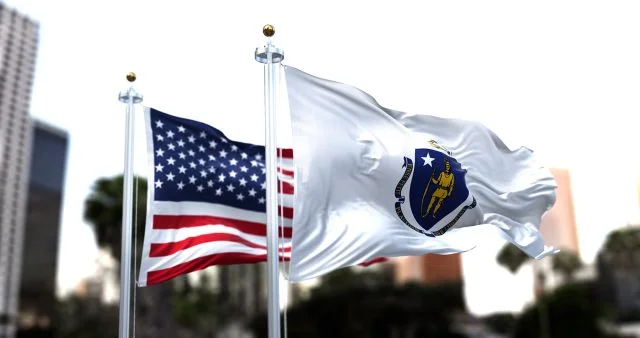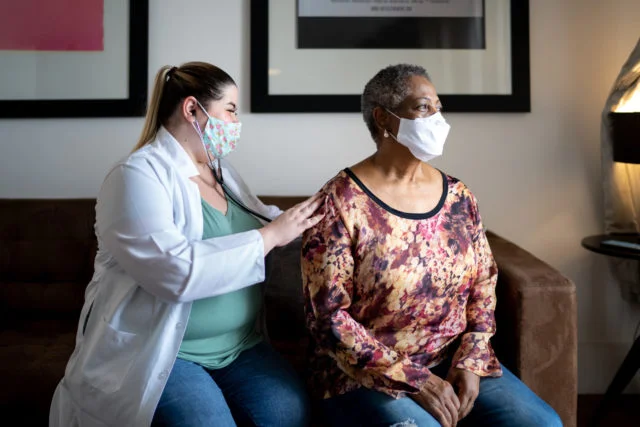Tag: Massachusetts

About half of the nation’s private-sector employees do not have a retirement savings plan at work, and that hasn’t changed in at least 40 years. Some states are trying to fix this coverage gap in the absence of substantial progress by the federal government in solving the problem. And the state reforms are gaining momentum…

Largely missing from the debate about raising the federal minimum wage is how much its value has eroded over the past 50 years. The current federal minimum is $7.25 an hour. If the 1968 wage were converted to today’s dollars, it would be worth about $12 an hour. At $7.25 an hour, a full-time worker…











